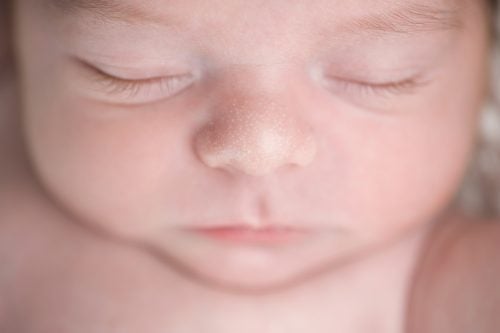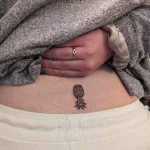As the body’s outermost layer, our skin is fully exposed to environmental factors, which is why people of all ages and backgrounds experience a range of skin conditions. From psoriasis to eczema, many skin issues are caused by inflammation. However, not every blemish or discoloration requires medical attention. Take milia, for instance.
You might have had milia as an infant without even realizing it.
A milium cyst, commonly known as milia, forms when keratin—a protein that makes up hair, skin, and nails—becomes trapped under the skin. While it is most common in infants, affecting nearly half of them, this occurs because a baby’s skin is still learning how to properly exfoliate. However, milia can develop at any age, often as a result of clogged ducts due to factors like injury or burns.
While milia can occur in both infants and adults, the types of milia differ, and the treatments vary, though they are often unnecessary. Milia are generally harmless and tend to disappear on their own. However, it’s essential to recognize these small bumps to determine whether intervention is needed or if they can be left alone.
Understanding the Various Types of Milia
Milia can be categorized based on the age at which the cysts develop or the underlying causes leading to their formation.
Neonatal Milia

Neonatal milia appear in infants and usually resolve within a few weeks. These cysts are commonly found on the face, scalp, and upper torso. According to Seattle Children’s Hospital, milia affect approximately 40% of newborns.





